Black Star Chickens: 10 Essential Breed Facts
Ever had that spark of curiosity about Black Star Chickens? Originating from crossbreeding, Black Star Chickens, also known as Black Sex-links, are the offspring of a Rhode Island Red or New Hampshire rooster and a Barred Rock hen. An incredible fusion, right?
Aside from their striking appearance, these chickens have a charm that’s hard to resist. Their ability to lay a great number of eggs and their adaptable nature makes them a top pick among poultry enthusiasts.
| Read Next: |
Five Friendliest Chicken Breeds to Own
1. Appearance
One of the most distinguishing features of Black Star Chickens is undoubtedly their captivating appearance. At first glance, they may seem like any other black-feathered fowl, but a closer look reveals so much more.
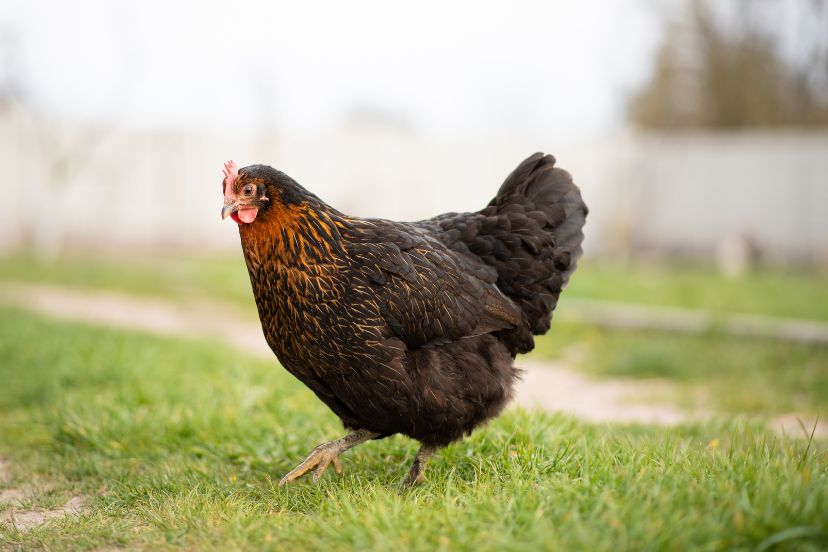
The feathers of these chickens are not just plain black. Under certain lighting conditions, especially when they bask in direct sunlight, subtle iridescent shades emerge. This iridescence can range from a gleaming green to a mysterious purple, giving them a mesmerizing, almost magical look. Such unique coloring is a testament to nature’s artistry, painting each feather with delicate hues that dance under the light.
As for the males, their appearance is even more noteworthy. Unlike their counterparts, they often exhibit what’s described as a ‘laced feather’ pattern. This means the edges of their feathers are finely outlined, usually in a contrasting color, which adds depth and dimension to their overall look. It’s like they’re wearing nature’s version of intricate lacework, showcasing patterns that are both delicate and masculine.
The interplay of colors, combined with the laced feather patterns in males, provides an arresting visual. It’s an aesthetic that not only stands out in the world of poultry but also adds to their charm and allure. When they move or strut around, the colors shimmer and patterns shift, making them a living, breathing piece of art in your backyard.
2. Temperament
When one delves into the world of poultry, it’s not just the physical attributes that capture attention, but also the personalities and temperaments of the breeds. Black Star Chickens, in this realm, are a true gem.
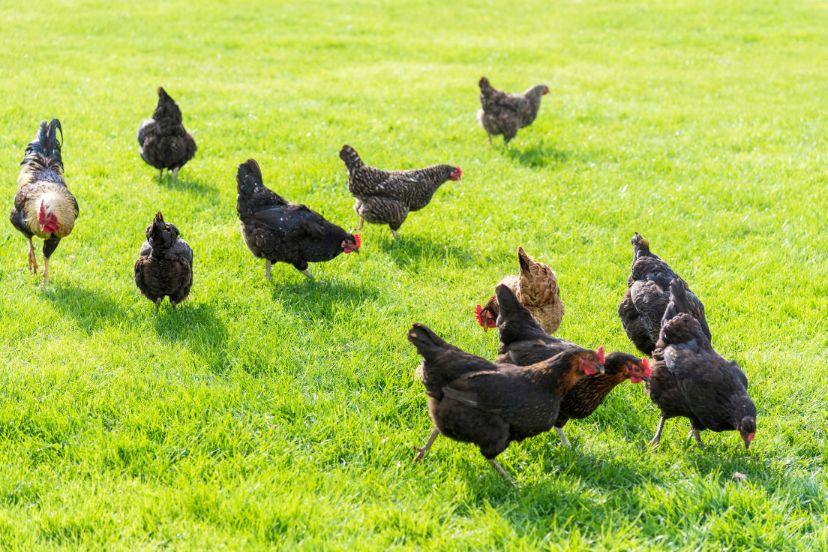
At the core of their disposition lies an innate friendliness. They are often seen approaching humans with curiosity rather than fear, making interactions with them particularly enjoyable. Whether it’s a child in the family or an elderly individual, Black Stars are known to be gentle, rarely showing signs of aggression or skittishness. This docile nature makes them one of the most preferred breeds for families, especially those introducing poultry to their young ones for the first time.
But don’t let this calm demeanor fool you into thinking they’re lazy or lackluster. On the contrary, Black Stars are industrious creatures. Spend a day observing them, and you’ll notice their tireless energy as they scratch around, forage for food, and actively engage with their environment. This ‘hard worker’ attitude is not just about finding their next meal. It also plays a pivotal role in the ecosystem of your backyard, as they help aerate the soil, control pests, and even contribute to the decomposition of organic matter.
Their active participation in the daily happenings of the flock underscores their sense of community. They are not solitary creatures; they value the group dynamics, often looking out for one another and sounding alarms if threats are perceived. In a way, they embody the essence of teamwork, each chicken playing its part for the betterment of the flock.
3. Egg Production
When it comes to egg production, Black Star Chickens truly shine, establishing themselves as one of the champions in the field. The term ‘prolific layers’ is not an exaggeration when referring to these feathered wonders. On average, a healthy Black Star hen is known to lay between 250 to 300 eggs a year. To put it in perspective, that’s almost an egg a day! For poultry enthusiasts and farmers alike, this consistency and abundance can be a game-changer, ensuring a steady supply for households or businesses.
But it’s not just the quantity that stands out; it’s the quality as well. Black Stars lay brown eggs, which many believe to have a richer taste compared to white eggs. These eggs are medium to large in size, with a firm shell and a vibrant, deep-yellow yolk inside. The nutritional content is top-notch, packed with proteins, essential vitamins, and minerals. This means that every breakfast with a Black Star egg is not just delicious but also nutritious.
Furthermore, the consistent egg production of Black Stars has economic implications as well. For those venturing into poultry for profit, these chickens can be a lucrative choice. Their reliable laying pattern means a regular income stream, making them an attractive option for small-scale farmers and large enterprises alike.
4. Diet Needs
When it comes to raising chickens, one of the fundamental aspects that ensure their health, happiness, and productivity is their diet. Black Star Chickens, though robust and adaptable, are no different in this regard. Providing them with the right nutrition is the key to unlocking their full potential, both in terms of egg production and overall well-being. At the foundation of their dietary needs is a balanced diet. Just like humans, chickens require a blend of proteins, carbohydrates, vitamins, and minerals to function optimally.
Layer Pellets
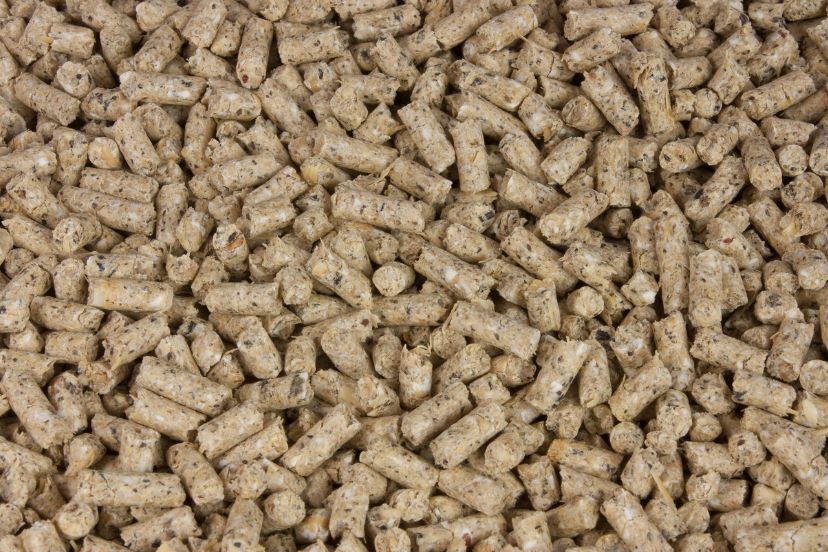
This is the primary source of nutrition for most laying hens, Black Stars included. These pellets are formulated specifically for layers, packed with the essential nutrients they need to produce eggs. Rich in protein, they help in muscle development and ensure the chickens lay consistently. Calcium is another vital component of these pellets, ensuring the eggs have a sturdy shell.
Grains
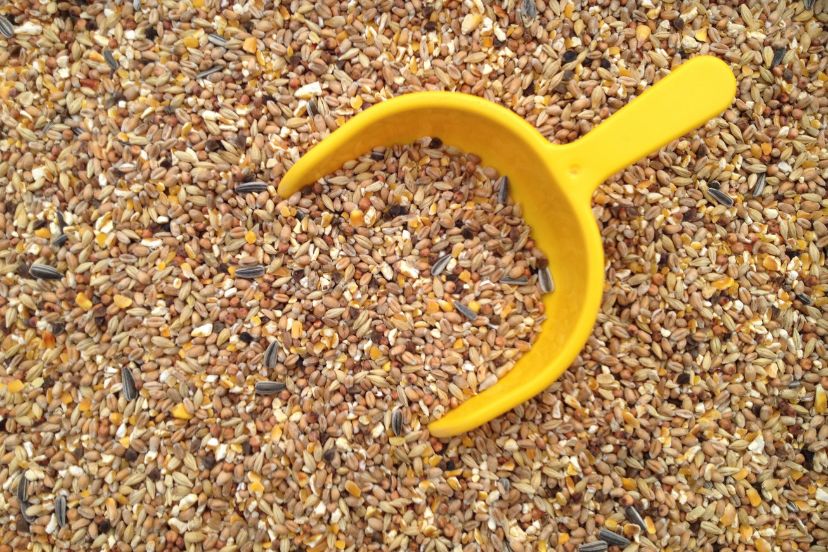
While layer pellets are comprehensive, introducing grains like corn, wheat, or oats can offer variety and additional energy to their diet. Grains are a source of carbohydrates, providing the energy chickens need for their daily activities. Moreover, scratching and pecking at grains is a natural behavior, ensuring mental stimulation and preventing boredom.
Fresh Greens
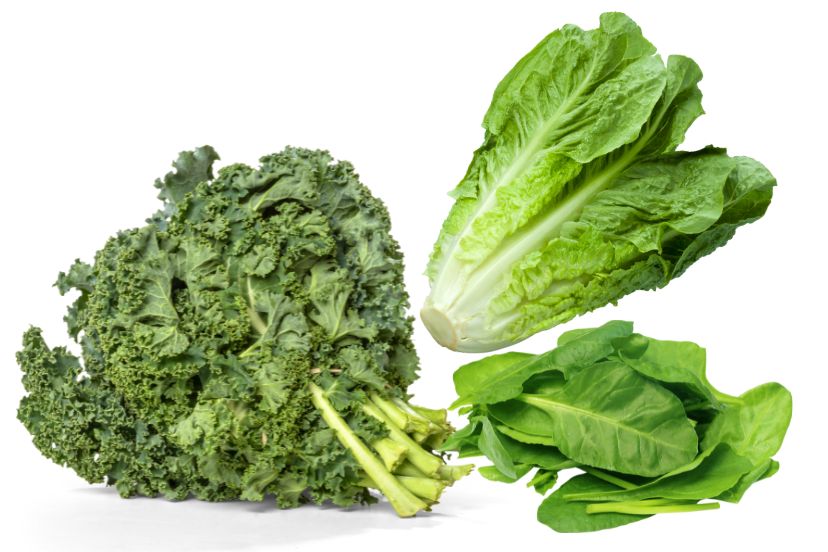
Greens like lettuce, kale, and spinach introduce essential vitamins and minerals to their diet. These not only improve the overall health of the chickens but can also enhance the color of the egg yolks due to the carotenoids present in many leafy vegetables.
Occasional Treats

Just like we enjoy the occasional snack, chickens appreciate treats now and then. These can include mealworms, fruits like berries or melons, and even kitchen scraps. While they’re enjoyed thoroughly by the chickens, it’s essential to ensure these treats don’t exceed 10% of their overall diet.
Hydration
Proper hydration is another critical component of their diet. Clean, fresh water should be available to them at all times. This aids in digestion, temperature regulation, and overall metabolic processes. Regularly monitoring the Black Stars and adjusting their diet based on their needs, age, and laying pattern is key. For instance, during molting or colder months, they might require additional protein to cope.
5. Shelter Requirements
A home is more than just four walls and a roof; it’s a sanctuary, a place of comfort and security. This principle is true not just for humans, but also for our feathery friends, the Black Star Chickens. Their shelter or coop plays a crucial role in their overall well-being, safety, and productivity.

Let’s break down what makes an ideal abode for these birds:
- Space: The first rule of thumb is ensuring ample space. Each Black Star Chicken should have at least 2-3 square feet of space inside the coop and about 10 square feet in an outdoor run. A cramped coop can lead to stress, feather pecking, and even health issues. Remember, chickens are social creatures, but they also value their personal space.
- Roosting Bars: Chickens instinctively prefer to sleep off the ground. Providing roosting bars or perches allows them to rest in a natural position. Ideally, these bars should be placed at varying heights (but not too high to prevent injuries), allowing the chickens to choose their preferred spot.
- Protection: One of the primary functions of a coop is to protect the chickens from potential threats. This includes predators like raccoons, foxes, or even birds of prey. Sturdy walls, a secure door, and a roof are essentials. If you have an outdoor run, consider using a hardware cloth instead of chicken wire, as it offers better protection against determined predators.
- Ventilation: A well-ventilated coop ensures a fresh supply of air, which is essential to keep the environment dry and prevent respiratory issues. However, make sure the ventilation points are predator-proof.
- Nesting Boxes: For laying hens like the Black Stars, a private and comfortable space to lay their eggs is crucial. A general rule is to have one nesting box for every 3-4 hens. Line these boxes with straw or shavings for added comfort.
- Weatherproofing: Chickens, especially breeds like the Black Star, are hardy creatures. However, they still need protection from extreme weather conditions. Ensure the coop provides warmth during colder months and shade during hotter ones. This can be achieved through insulation or by positioning the coop in a location that benefits from natural shade.
- Sanitation: Lastly, but equally importantly, is cleanliness. A coop should be easy to clean, with removable trays or easy access points. Regular cleaning prevents diseases and ensures a healthy living environment.
Read our article Cheap Chicken Coop Ideas for 2023 for more information.
6. Common Health Issues
Just as with any other living creature, Black Star Chickens are susceptible to certain health issues. Understanding these potential problems can go a long way in ensuring the welfare of your flock. Timely detection and appropriate intervention can often make all the difference. Let’s delve into some of the common health issues that may affect these birds:
- Respiratory Diseases: Chickens, in general, are prone to various respiratory infections, which can be caused by bacteria, viruses, or fungi. Symptoms might include coughing, sneezing, nasal discharge, and difficulty in breathing. Examples include Infectious Bronchitis and Mycoplasma. Proper ventilation in the coop and maintaining good hygiene can prevent many of these ailments.
- Parasitic Infestations: External parasites like mites, lice, and fleas can cause a lot of discomforts. They can lead to feather loss, irritated skin, and even anemia in severe cases. Regular checks for these pests and timely treatments using approved pesticides or natural remedies can keep them at bay.
- Internal Worms: Worm infestations, especially from roundworms and tapeworms, can affect the overall health of the chicken. Deworming at regular intervals using appropriate medications can help in managing this issue.
- Egg Binding: This condition occurs when a hen is unable to lay an egg. It can be due to various reasons, including calcium deficiency, stress, or the egg being too large. Immediate veterinary attention is required as this condition can be life-threatening.
- Marek’s Disease: This is a viral disease that affects the nervous system. Symptoms can range from paralysis to tumors. Vaccination is the most effective way to prevent this disease in poultry.
- Fatty Liver Hemorrhagic Syndrome: This condition is primarily seen in high-producing laying hens like the Black Stars. It’s caused by the rapid production of yolks leading to fat accumulation in the liver, making it prone to hemorrhage. A balanced diet and avoiding obesity in hens can prevent this syndrome.
Regular check-ups, maintaining a clean environment, providing a balanced diet, and ensuring proper biosecurity measures are crucial steps in preventing many of these health issues. As with all pets and livestock, the key is vigilance. Regularly observing your flock’s behavior, appetite, and physical appearance can alert you to potential issues before they become severe. After all, a healthy chicken is not just about good egg production; it’s about ensuring a life of comfort and well-being for these feathery companions.
7. Breeding Black Star Chickens
Black Star Chickens, with their friendly temperament, hardiness, and prolific laying habits, make them popular among poultry enthusiasts. But when it comes to breeding these birds, there’s an intriguing aspect that sets them apart from many other breeds: the ability to determine the gender of chicks based on their color right after they hatch. This phenomenon, known as sex-linkage, is both fascinating and practical. Let’s dive deeper into the world of breeding Black Star Chickens.
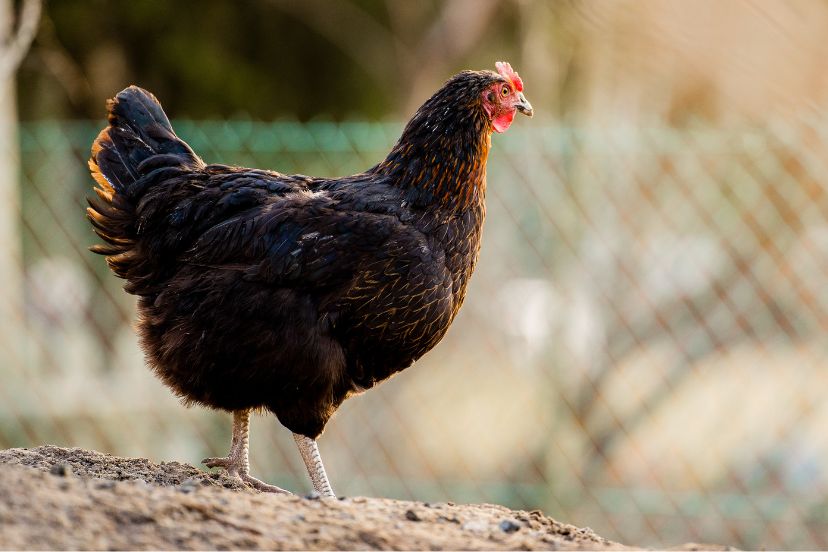
Sex-Linkage Explained
Black Star Chickens are a crossbreed, resulting from mating a Rhode Island Red or New Hampshire Red rooster with a Barred Plymouth Rock hen. This crossbreeding leads to the unique sex-linked coloration. At birth, male chicks will typically have a white or light-colored appearance, while female chicks will be predominantly black. This immediate differentiation offers breeders a significant advantage as it eliminates the guesswork in determining genders, which in other breeds can often take weeks.
Advantages of Sex-Linked Breeding
For breeders, especially those producing chickens for commercial purposes, being able to determine gender at birth means they can efficiently manage their flocks. Male and female chicks can be separated immediately for specific rearing purposes.
This differentiation saves time and resources. Typically, determining the gender (a process called vent sexing) requires trained professionals and isn’t 100% accurate. With Black Stars, this isn’t an issue.
In many commercial settings, male chicks (of breeds bred for egg production) are culled shortly after birth. Immediate gender identification can offer more humane solutions or alternative rearing practices for the males.
Breeding Tips
If you plan on breeding Black Stars over multiple generations, it’s crucial to introduce new genetics occasionally. This helps prevent inbreeding and maintains the health of the flock.
Ensure that the breeding pairs are fed a balanced diet, rich in proteins and essential nutrients. This guarantees better fertility rates and healthier chicks. Regularly check the health of the breeding pairs. Only healthy chickens should be used for breeding to ensure the well-being of the offspring. And provide a comfortable and safe environment for hens to lay their eggs. A calm environment encourages successful brooding and hatching.
Breeding Black Star Chickens, while rewarding, does come with its responsibilities. The unique sex-linked trait adds an extra layer of fascination to the process. As you watch those tiny chicks hatch, with their gender already on display through their color, it’s hard not to marvel at the wonders of genetics and the beauty of nature. It’s a dance of genes and colors, and in the center of it all are the Black Star Chickens, making breeding not just a science but an art.
8. Black Star Chickens as Pets
Black Star Chickens have emerged as more than just prolific egg-layers; they’ve established themselves as beloved pets for many households. Renowned for their gentle and friendly disposition, these birds are not just about co-existing in a backyard; they actively seek and form bonds with their caregivers. Their curious and interactive nature ensures there’s never a dull moment with them around. They chase butterflies, bask in the sun, and provide a delightful live show of chicken antics that’s both entertaining and endearing.
Apart from their playful demeanor, Black Stars are surprisingly low maintenance. While they have their basic needs, they don’t demand constant attention or entertainment like some other pets. Their independent yet interactive nature makes them ideal for families, especially those with children. Youngsters can learn about life cycles, develop a sense of responsibility, and foster empathy as they care for these feathery friends. Moreover, these chickens benefit backyards by naturally controlling pests and revitalizing the soil with their foraging activities.
However, it’s the moments of unexpected affection that truly highlight their potential as pets. Be it a gentle cluck, a warm perch on a lap, or their eager run towards you, these behaviors underline the deep bond one can forge with Black Star Chickens. They may not be your conventional pets, but they offer a unique blend of companionship, utility, and joy. Embracing them means welcoming a blend of fun, affection, and ecological balance into your backyard.
9. Profitable Venture
Black Star Chickens, with their dual-purpose nature, present an enticing opportunity for those considering poultry as a side hustle. One of their standout features is their consistent and prolific egg production. Their eggs, often rich brown in color, are not only a favorite for household consumption but also in high demand at local farmers’ markets and specialty stores. The frequency of their laying ensures a steady supply, creating a reliable stream of income for those willing to venture into selling fresh, locally-produced eggs.
In addition to their egg-laying prowess, Black Stars are also recognized for their meat quality. Though primarily kept for their eggs, mature birds or excess roosters can be processed for meat, offering another avenue for profit. Their meat is known for its tender texture and rich flavor, which can fetch a premium price, especially if marketed as free-range or organically raised. Whether you’re considering a small-scale operation or expanding into a larger enterprise, the versatility and reliability of Black Star Chickens make them a commendable choice for those aiming to merge passion with profit.
10. Sustainability and Environment Benefits
Rising concerns about the environment have many of us seeking sustainable practices to integrate into our lifestyles. Black Star Chickens, and chickens in general, offer more than just companionship and produce; they contribute significantly to eco-friendly living.
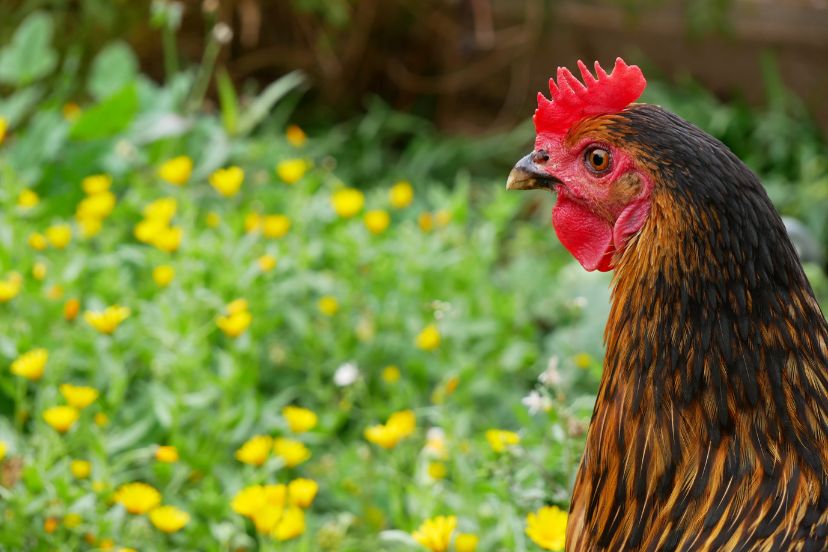
Reducing Carbon Footprint
One of the more understated roles chickens play is that of efficient recyclers. Chickens, particularly breeds like Black Star, have a natural inclination to forage and scratch around, looking for food. This behavior can be harnessed to reduce household waste. Those kitchen scraps, which otherwise might end up in a landfill, can be given a second life. Chickens will happily consume these, converting them into valuable eggs and chicken manure, the latter being an excellent organic fertilizer. By integrating chickens into our waste management practices, not only do we reduce the need for commercial feeds, but we also minimize our contribution to landfill waste, thus reducing our overall carbon footprint.
Supporting Biodiversity
Black Star Chickens play a pivotal role in supporting backyard biodiversity. Pests, including a variety of bugs and smaller insects, often disrupt garden balance. Instead of resorting to chemical pesticides, which can harm the environment and reduce the diversity of beneficial insects, chickens can offer a natural solution. As they forage, they consume these pests, ensuring plants remain healthy. Their foraging habits contribute to a balanced ecosystem by controlling pest populations and promoting the growth of beneficial organisms. This method is not only environmentally friendly but also ensures the garden remains chemical-free, which is healthier for both plants and humans. In essence, by keeping Black Star Chickens, we promote a harmonious coexistence with nature, supporting biodiversity, and maintaining a natural balance in the ecosystem.
Incorporating Black Star Chickens into our environment is a testament to the synergy between man and nature. They not only enhance our gardens but also reduce our ecological footprint, making our journey towards sustainable living both productive and enjoyable.
FAQs
How long do Black Star Chickens live? Typically, they live for about 6-8 years, depending on care and environment.
Can Black Star Chickens tolerate cold weather? Yes, they are quite hardy and can withstand colder temperatures.
What’s the average weight of a Black Star Chicken? They usually weigh between 6-7 lb, with roosters being slightly heavier.
Are Black Star Chickens good for beginners? Absolutely! Their friendly nature and minimal care requirements make them perfect for those new to poultry keeping.
How frequently do they lay eggs? On average, a healthy Black Star Hen can lay about 5-6 eggs a week.




